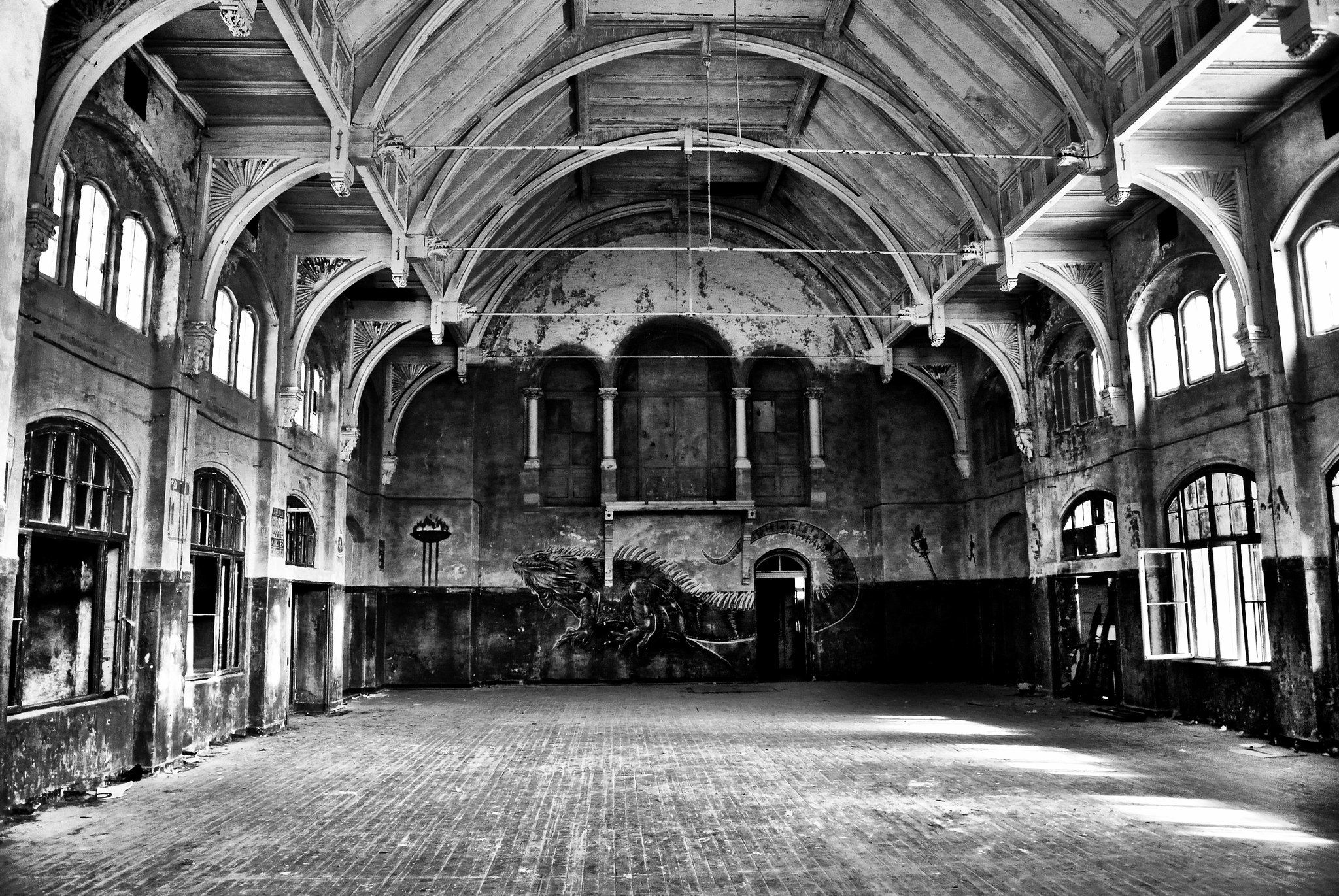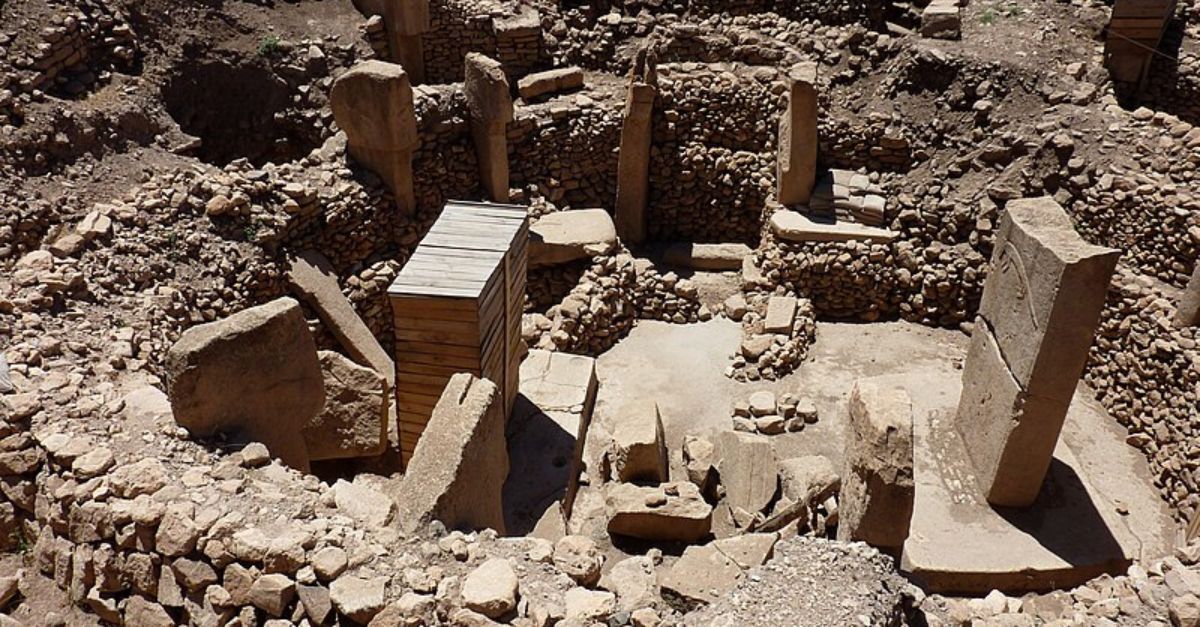Beelitz-Heilstätten Hospital: The Creepiest Hospital In Europe
If you’re looking to explore an abandoned site that lives up to its spooky appearance, then add the Beelitz-Heilstätten Hospital to your travel list. Located near Berlin, this sanatorium has captivated photographers and urban explorers since it was abandoned in the late 1990s.
Some people believe this old hospital complex is still haunted by the souls of the long departed but the real history of this abandoned sanatorium is more chilling than any ghost story.
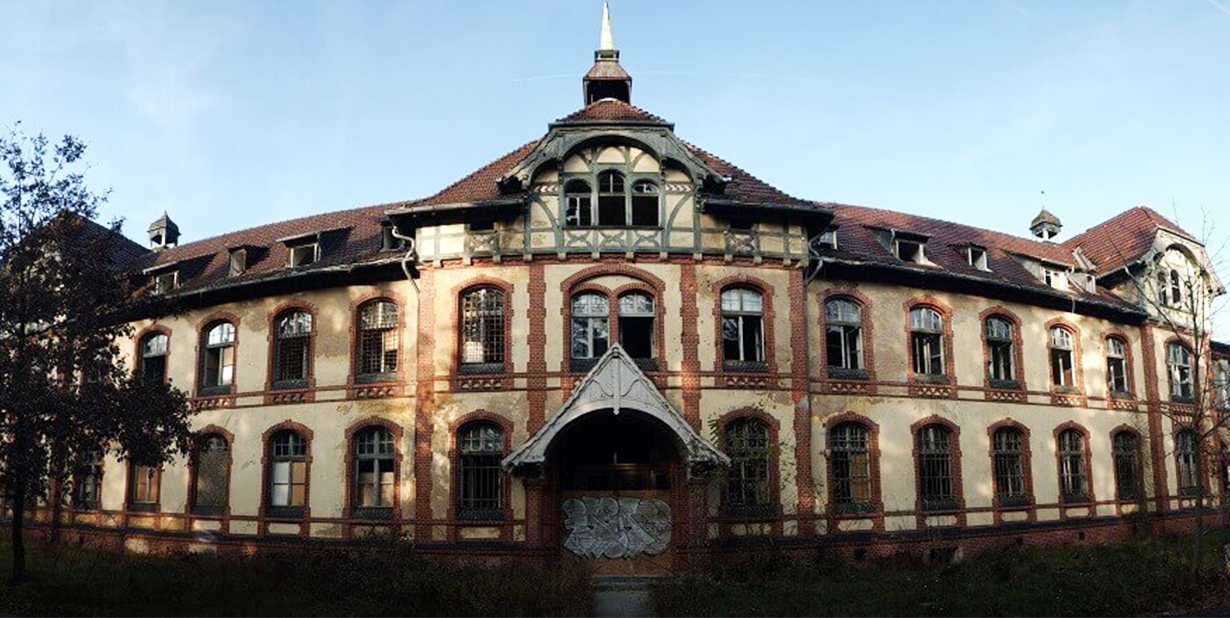
The Creation Of Beelitz-Heilstätten Hospital
The Beelitz-Heilstätten hospital was built in 1898 and is a made up of 60 different buildings. Up until 1930, the complex operated as a sanatorium for lung diseases like tuberculosis.
This was during the height of the industrial revolution, and while the revolution was a period of economic growth for the world, the poor sanitary conditions in factories and lack of overall nutrition made people susceptible to catching deadly illnesses. Of those deadly diseases, tuberculosis was the most common and was rampant in major cities like Berlin.
The German government built sanatoriums to treat people who were infected by tuberculosis and other lung diseases, which led to the creation of the Beelitz-Heilstätten complex.
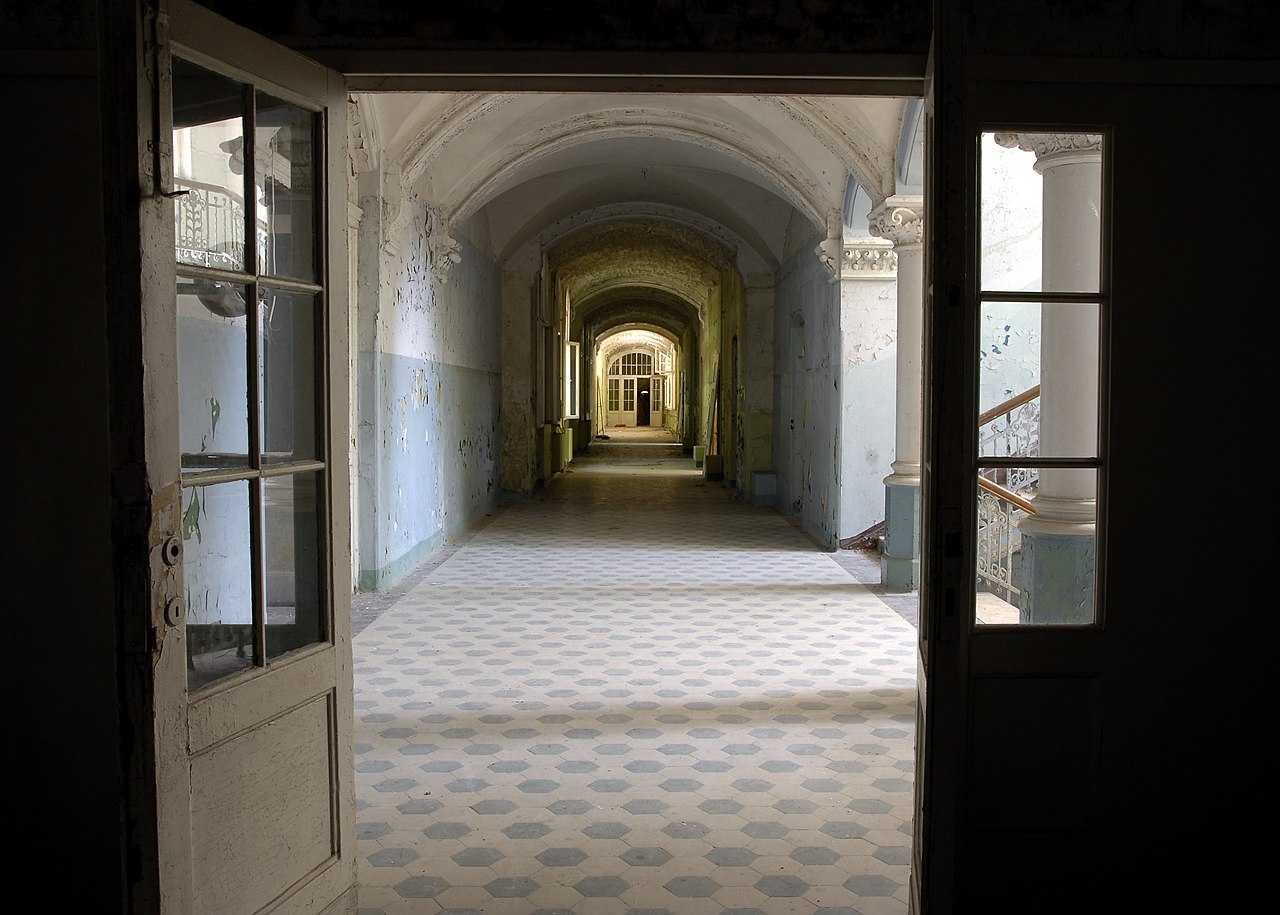 Chad W, CC BY 2.0, Wikimedia Commons
Chad W, CC BY 2.0, Wikimedia Commons
The Architecture Of Beelitz-Heilstätten Hospital
Walking through the different buildings of the complex, it’s easy to imagine how grand Beelitz-Heilstätten sanatorium was in its heyday. Spacious rooms with high ceilings and large windows are a staple of the buildings, and the decorative ironwork and mosaic tiles inside were meant to convey a sense of luxury and comfort to patients.
But more than just looking good, the open-concept design was meant to provide good airflow for patients with lung diseases. The buildings were also outfitted with a special ventilation system, making Beelitz-Heilstätten one of the most innovative sanatoriums of its time.
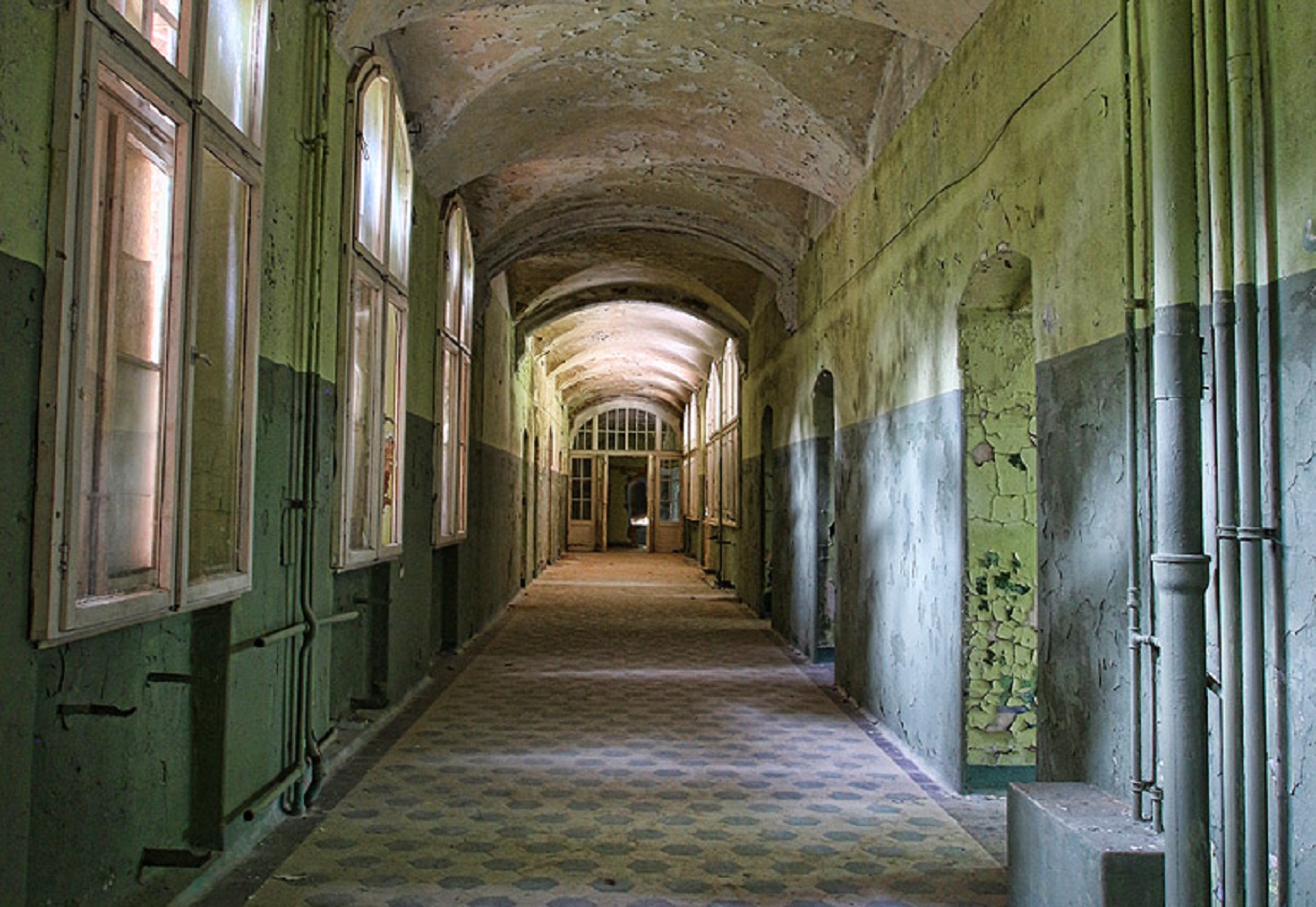 O Palsson, CC BY 2.0,Wikimedia Commons
O Palsson, CC BY 2.0,Wikimedia Commons
Treatment at Beelitz-Heilstätten
The Beelitz-Heilstätten hospital complex is located about 45 km (30 miles) from Berlin, in the forest near Beelitz. This location was chosen for the clean air that was thought to help those suffering from tuberculosis. As part of their treatment regimen, patients spent a lot of time outdoors.
Men and women were kept on separate sides of the complex and patients were not allowed to visit those of the opposite gender. Since tuberculosis is infectious and causes people to cough up lots of mucus, patients had to carry a container to spit their phlegm into.
Spitting was not allowed on the grounds of the hospital and the patients’ containers were emptied at specific spots. This all was meant to stop the spread of infectious diseases in the complex.
 Unknown Author, Wikimedia Commons
Unknown Author, Wikimedia Commons
Beelitz-Heilstätten During WWI
World War I changed everything, including the Beelitz-Heilstätten sanatorium. With its state-of-the-art medical technology and ability to house 1200 patients, the complex proved to be an ideal location for an army field hospital.
The hospital was re-opened as a sanatorium after the conflict, but it would return to being an army hospital in WWII and remain as such until its eventual abandonment.
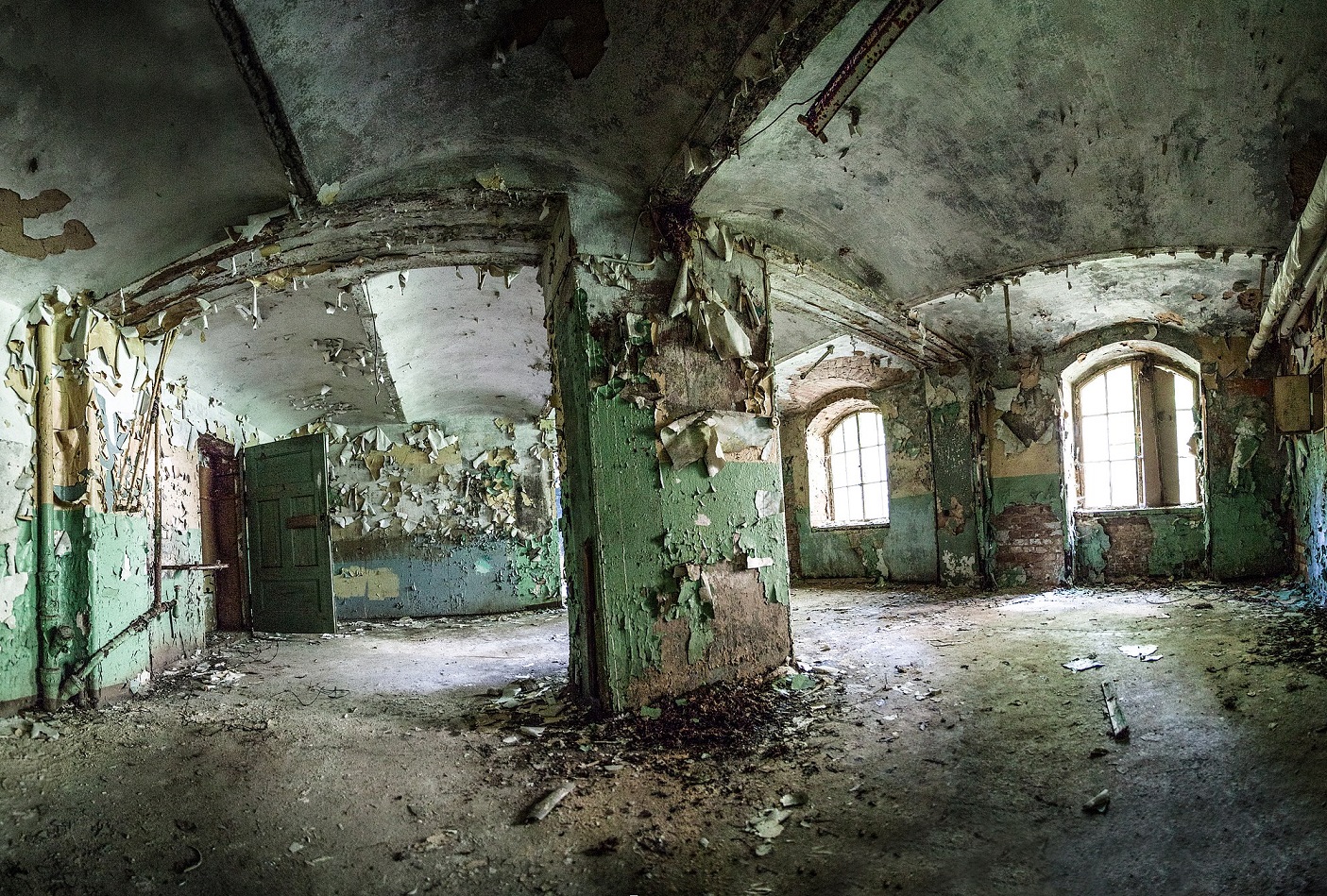 Wendelin Jacober, Wikimedia Commons
Wendelin Jacober, Wikimedia Commons
A Visit From The Führer
Many soldiers were treated at Beelitz-Heilstätten, but the most notable—or infamous—of them is Adolf H. As a young soldier, during the Battle of the Somme, he was injured in the leg and later received treatment at the hospital.
 Bundesarchiv, CC BY-SA 3.0 DE, Wikimedia Commons
Bundesarchiv, CC BY-SA 3.0 DE, Wikimedia Commons
A New Army Moves In
In 1945, the Russian army occupied Beelitz-Heilstätten. For the next 50 years, it was used as an army hospital. The complex was also a place of refuge for government officials and Communist party members who needed asylum.
Abandoned
After the fall of the Berlin wall and the reunification of Germany, the Russians abandoned their operations at Beelitz-Heilstätten. By 1995, the complex was completely abandoned, falling into decay as the passed by.
In more recent years, the empty buildings and spooky backdrop of the forest have attracted photographers and urban explorers who seek to witness the hospital’s haunting beauty.
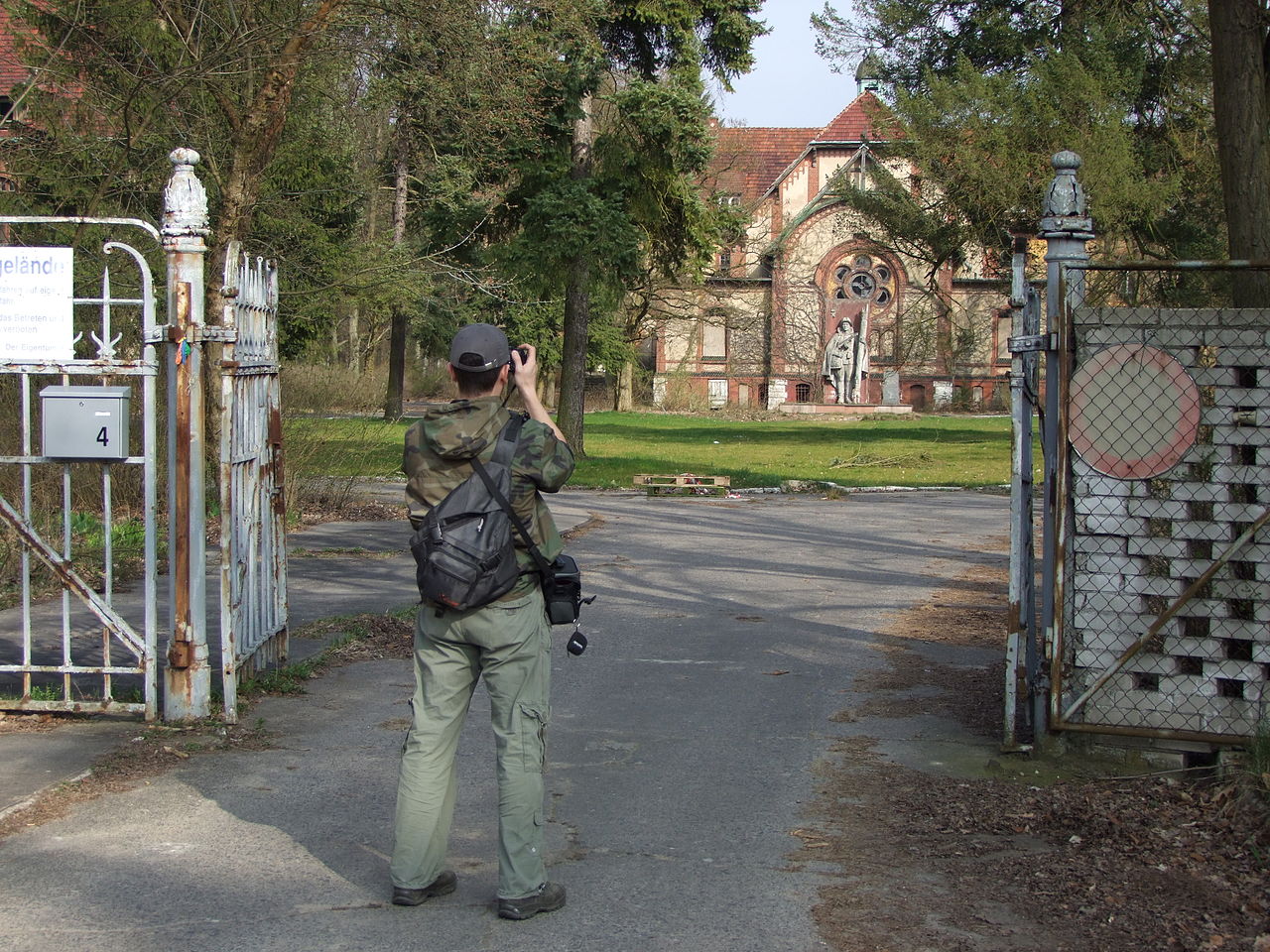 Johann H. Addicks, GFDL 1.2, Wikimedia Commons
Johann H. Addicks, GFDL 1.2, Wikimedia Commons
A New Purpose
In addition to catching the eye of artists and thrill-seekers, Beelitz-Heilstätten has also captivated filmmakers. The spooky atmosphere of the hospital proved to be the perfect set for films such as The Pianist (2002), Valkyrie (2008), and A Cure For Wellness (2016).
 Canal Plus, The Pianist (2002)
Canal Plus, The Pianist (2002)
Beelitz-Heilstätten As A Tourist Destination
In 2015, the government recognized the need to preserve the Beelitz-Heilstätten complex. Since then, it has been guarded and many parts of the hospital have been sealed off to visitors. However, a canopy path was built to make it easier to explore the complex, and there are still buildings that are open for those who seeking a little more adventure.
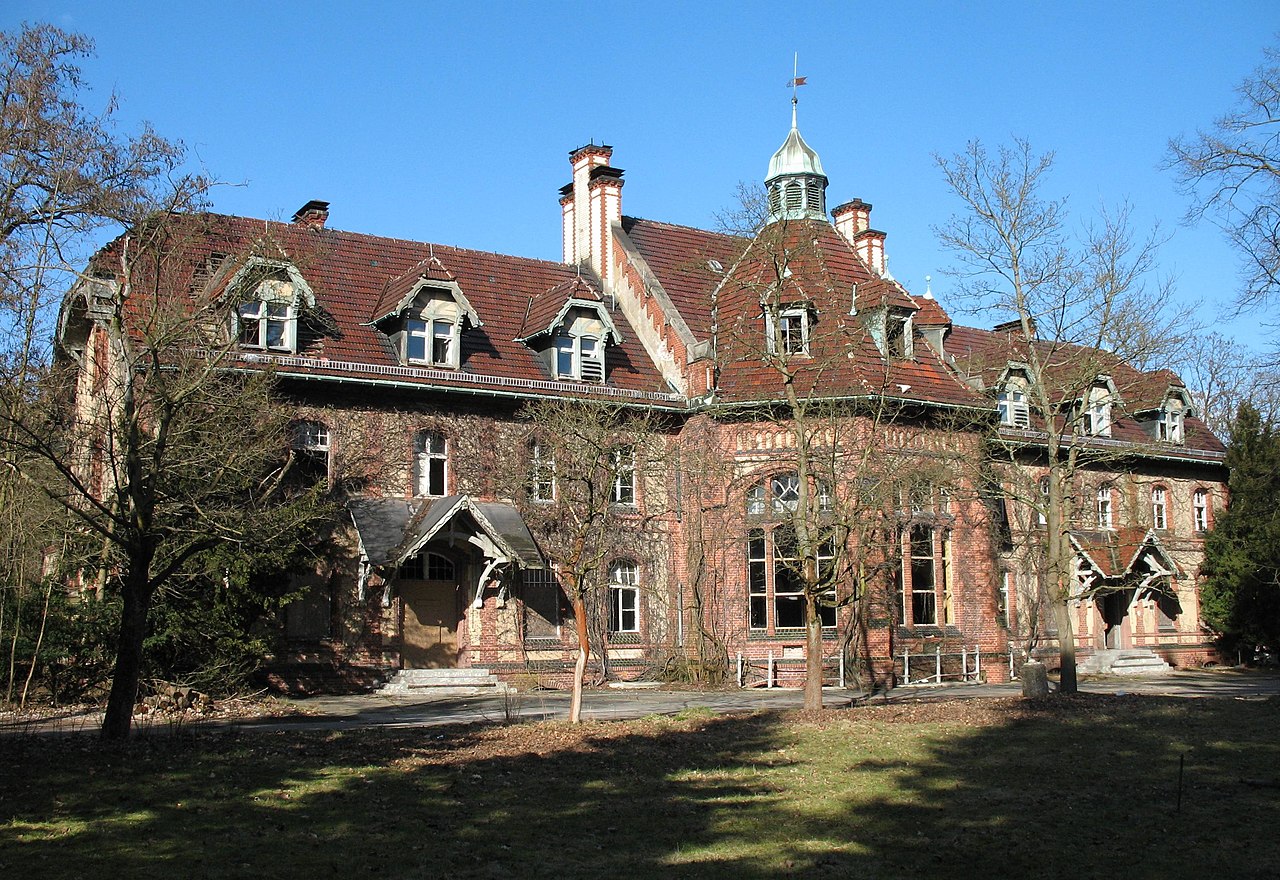 Doris Antony, Berlin, CC BY-SA 4.0, Wikimedia Commons
Doris Antony, Berlin, CC BY-SA 4.0, Wikimedia Commons
The Future Of Beelitz-Heilstätten Hospital
Beelitz-Heilstätten Hospital is a haunting relic of the past. Whether you’re a photographer, a thrill-seeker, or just someone who’s interested in these beautiful ruins, a visit to this site makes for an unforgettable experience.
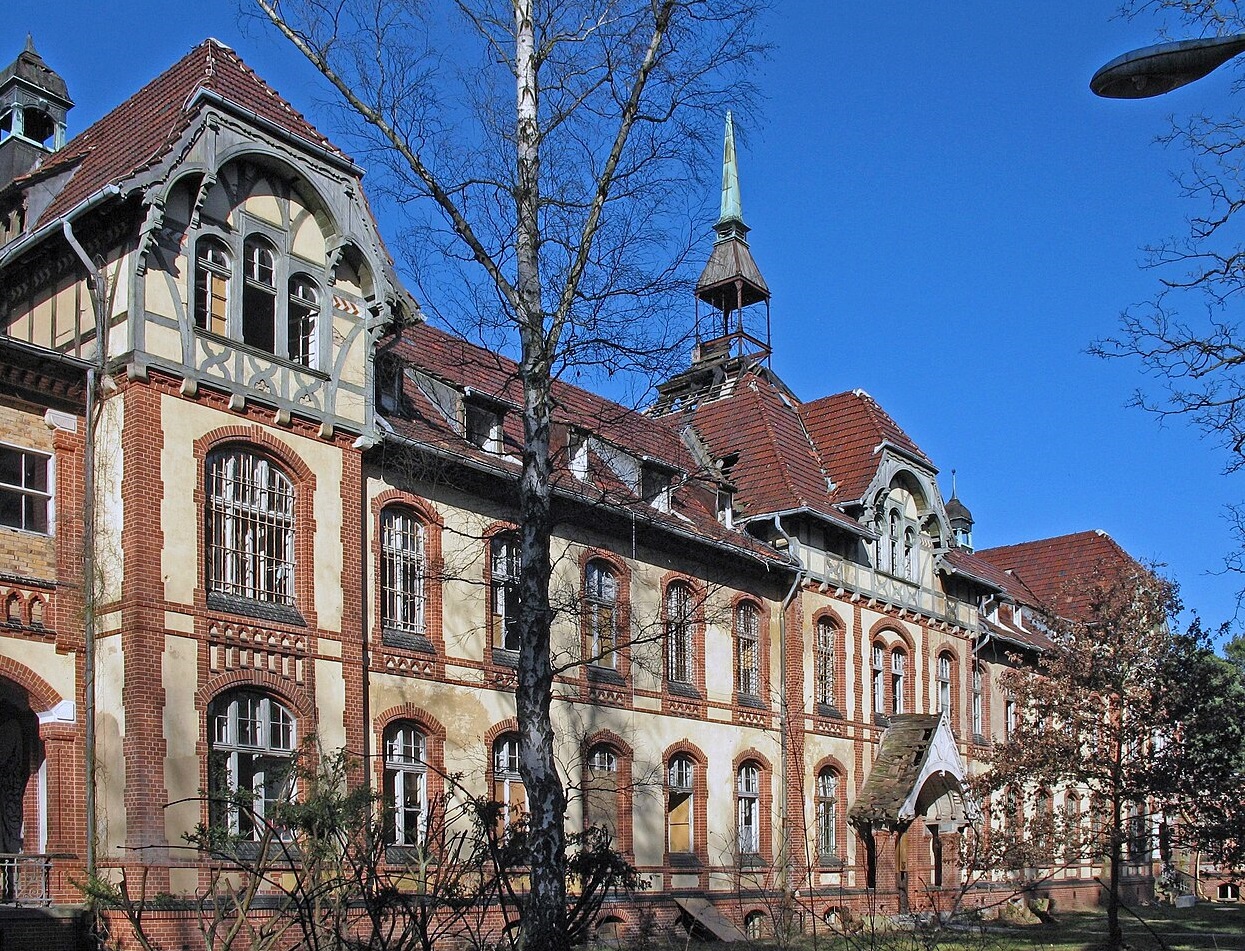 Doris Antony, Berlin, CC BY-SA 4.0, Wikimedia Commons
Doris Antony, Berlin, CC BY-SA 4.0, Wikimedia Commons


